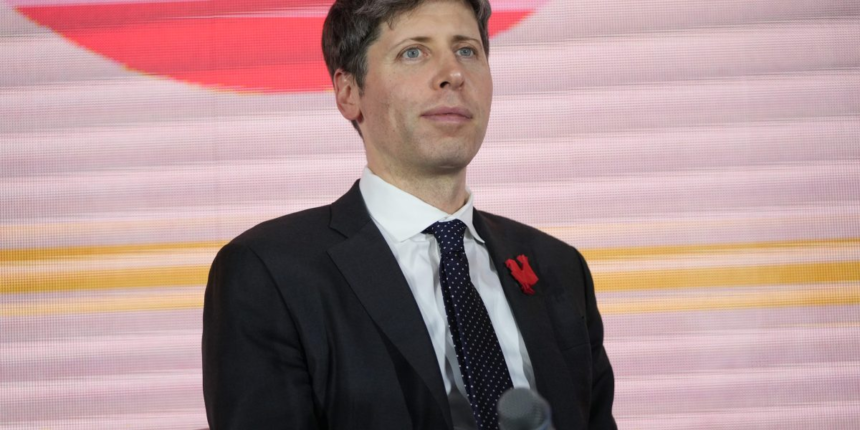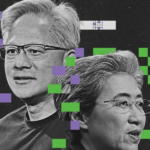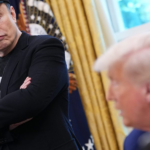Despite what its name suggests, OpenAI hadn’t released an “open” model—one that includes access to the weights, or the numerical parameters often described as the model’s brains—since GPT-2 in 2020. That changed on Tuesday: The company launched a long-awaited open-weight model, in two sizes, that OpenAI says pushes the frontier of reasoning in open-source AI.
“We’re excited to make this model, the result of billions of dollars of research, available to the world to get AI into the hands of the most people possible,” said OpenAI CEO Sam Altman about the release. “As part of this, we are quite hopeful that this release will enable new kinds of research and the creation of new kinds of products.” He emphasized that he is “excited for the world to be building on an open AI stack created in the United States, based on democratic values, available for free to all and for wide benefit.”
Greg Brockman, cofounder and president of OpenAI, acknowledged on a press pre-briefing call that “it’s been a long time” since the company had released an open model. He added that it is “something that we view as complementary to the other products that we release” and along with OpenAI’s proprietary models, “combine to really accelerate our mission of ensuring that AGI benefits all of humanity.”
Notably, OpenAI declined to benchmark its new open-weight models against Chinese open-source systems like DeepSeek or Qwen—despite the fact that those models have recently outperformed U.S. rivals on key reasoning benchmarks. In the press briefing, the company said it is confident in its benchmarks against its own models and that it would leave it to others in the AI community to test further and “make up their own minds.”
For example, in a model card accompanying the release, OpenAI confirmed that the models use a mixture-of-experts (MoE) architecture with 12 active experts out of 64, but it does not describe the routing mechanism, which is a crucial and proprietary part of the architecture.
“They minimize the IP leak and remove any risk to their core business, while at the same time sharing a useful artifact that will enable the startup ecosystem and developers,” he said. “It’s by definition the best they can do given those two opposing objectives.”









